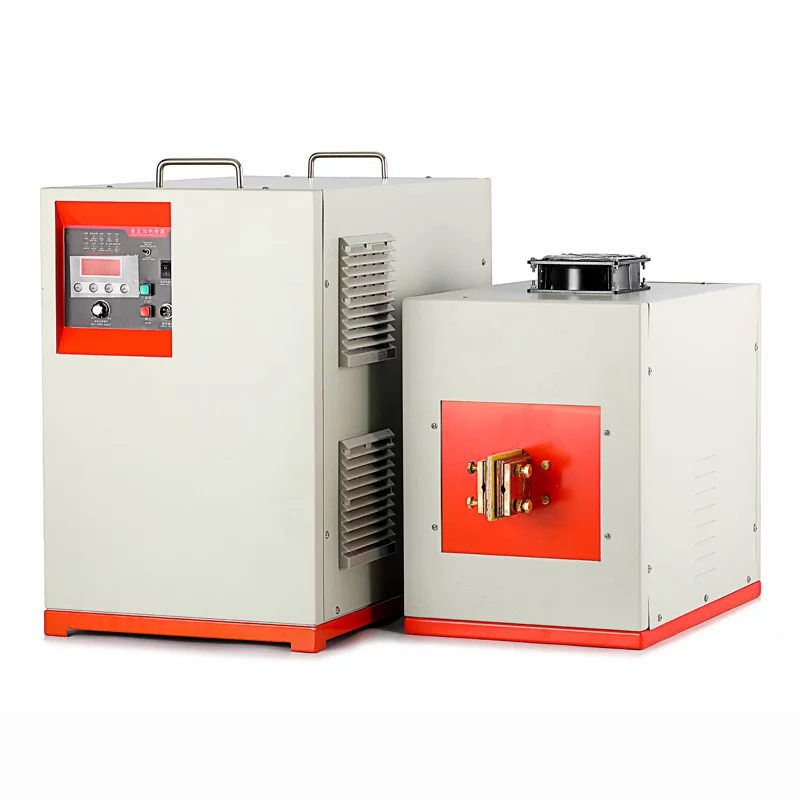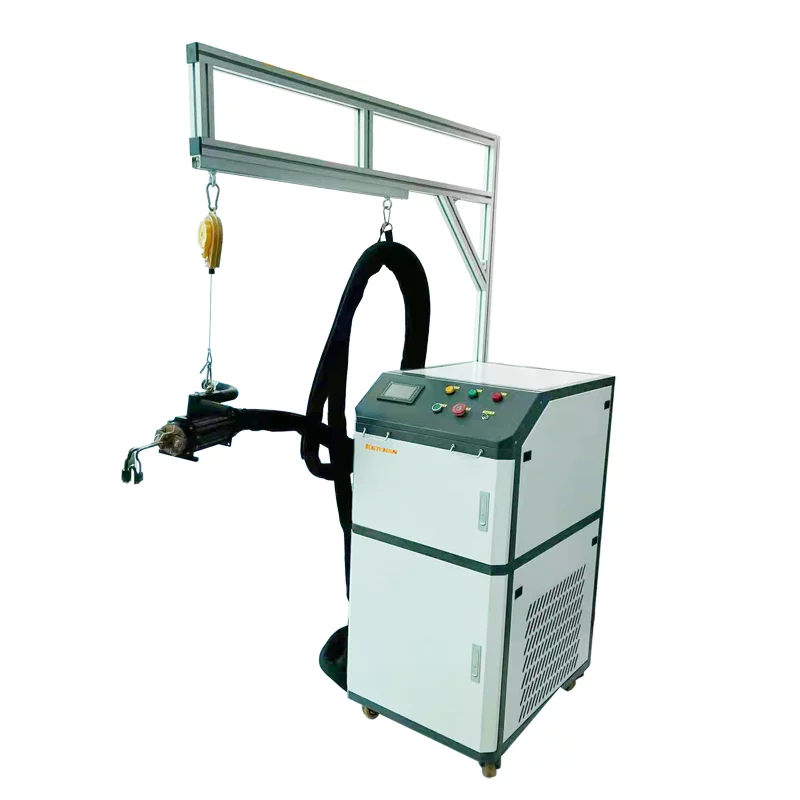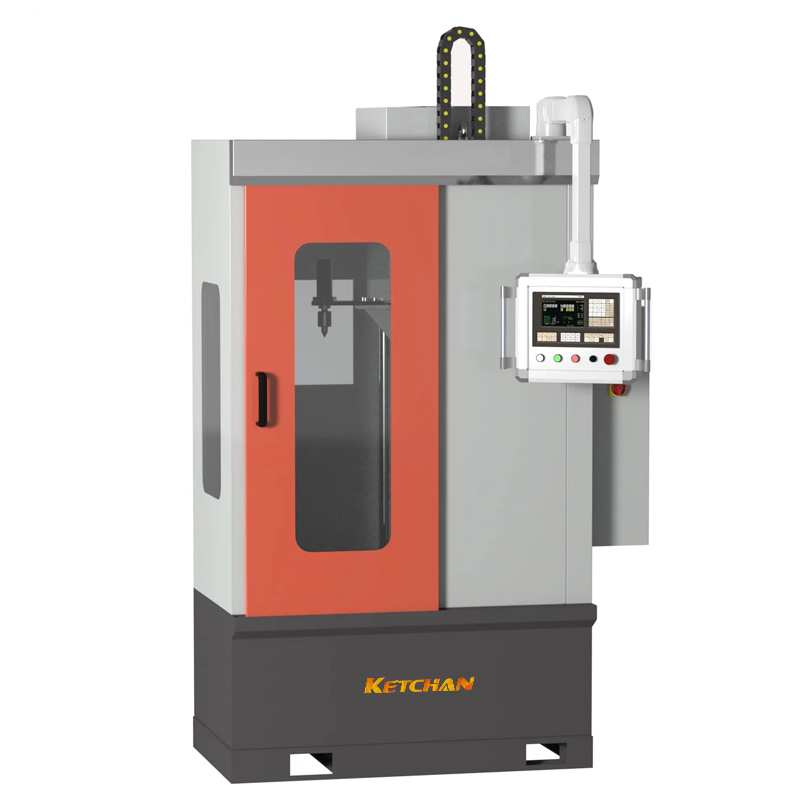(1) Insufficient quenching temperature
That is, the heating is insufficient and the austenitizing temperature requirements are not met. For medium carbon structural steel, there is undissolved ferrite in austenite, and there is undissolved ferrite in quenching structure except for martensite, and the quenched surface of the workpiece is usually blue. It can also be seen from the appearance of the induction quenching parts that the normal quenching surface is beige and the superheated surface is white.
(2) Insufficient cooling
That is, the cooling rate is lower than the critical cooling rate. In addition to some martensite, martensite also exists in quenching tissues. The larger the martensite volume is, the lower the hardness will be. It often occurs in the quenching medium concentration, temperature, pressure change, and injection hole plug, etc.
(3) The self-tempering temperature is too high
In shaft scanning quenching, the self-tempering temperature is too high, which usually occurs in horizontal shaft quenching or in step shaft quenching. When the nozzle width is relatively short, the heating surface quickly passes through the nozzle and does not cool the quench section sufficiently, but the water flow is blocked by the step (large diameter section is on the top, small diameter section is on the bottom), so it cannot continue cooling the quenched section. Therefore, apparent high self – tempering temperature can be observed and detected on the quenched surface.
(4) Soft spot or spiral black belt
The soft spots and blocks on the quenched surface are usually black, and the typical spiral black belt is a common defect phenomenon in scanning quenched parts. This black band, also known as a soft band, is often tortensitic tissue. The solution is to spray uniform, improve the workpiece speed can also reduce the pitch of the black belt, but the most basic is the structure of the spray nozzle to make the heating surface cooling uniform. The blockage of the nozzle hole is one of the causes of soft spots.
(5) Influence of material chemical composition
Material composition, especially the reduction of carbon content, is one of the factors that reduce hardness. If necessary, select carbon content can be used for important parts to make the upper and lower limits of W (C) narrow to less than 0.05%.
(6) Preparation of heat treatment
The change of the tempering process and the black skin of the rolled material remaining on the quenching surface are also the reasons why the hardness of the induction quenching parts fails to meet the technical requirements.
(7) Decarbonization and carbon poverty on the surface
It usually occurs on the surface of cold-drawn material, so the hardness of these rods after quenching can be first ground away from the outer layer by 0.5mm and then hardened. If the surface hardness is low, the inner layer hardness is higher than the surface, indicating the presence of lean carbon or decarbonized layer (special geometric shapes such as peach tips of cams and the top of gears are exceptions).
(8) Banded primitive tissue
The banded structure in the hardened part of the original structure will lead to insufficient hardness after quenching. There is undissolved ferrite in the banded structure, which cannot be dissolved in the austenitizing process, so the hardness is inevitably insufficient after quenching, and it is difficult to eliminate the banded structure even if the heating temperature is increased.





